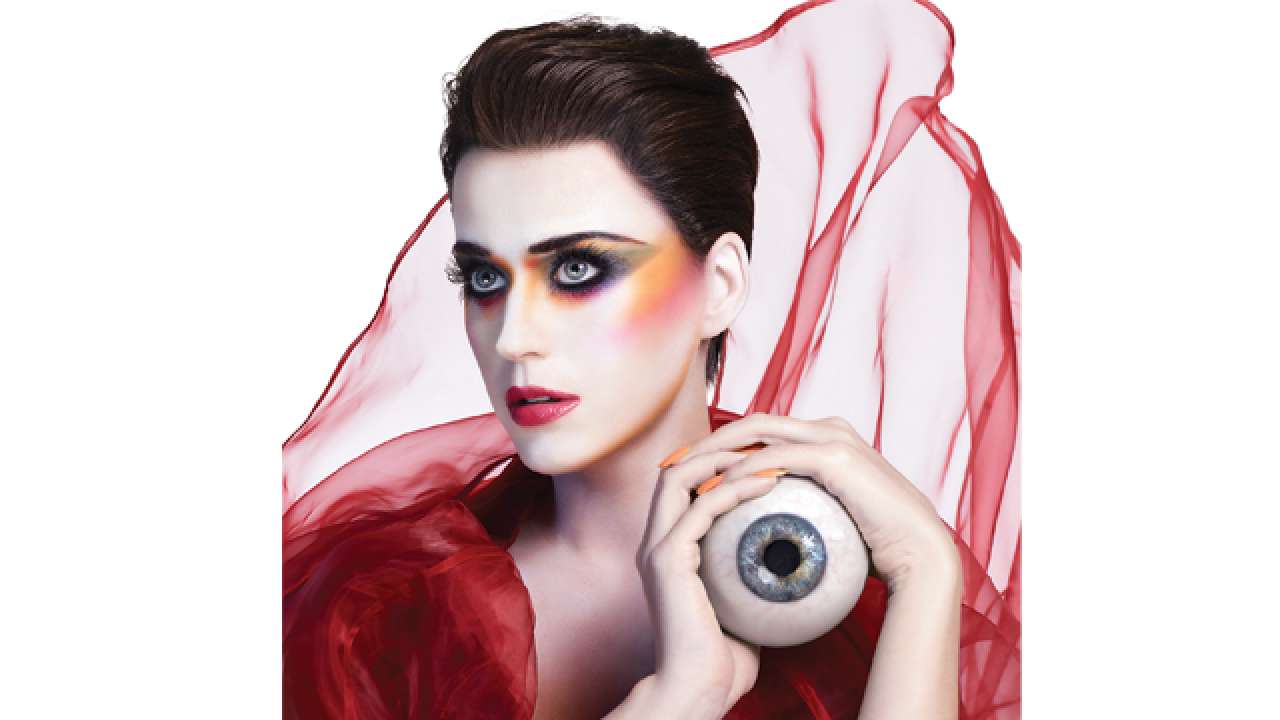
When American grunge icon Chris Cornell committed suicide in a hotel room this year, fans muttered his famous lines about lighting up dark spaces, “Shine a light upon every shadow … anywhere you feel this misery chain should be found.” When Bob Dylan won the Nobel Prize last year we recognised how his songs had grown more ominous — “You that build all the bombs/You that hide behind walls/You that hide behind desks/…I can see through your masks”. We still dream with John Lennon: “Imagine there’s no countries… Nothing to kill or die for/And no religion too/Imagine all the people living life in peace…”
Rock, jazz, country, hip hop, blues, grunge or rap, they often go beyond entertainment. They speak directly of oppression, injustice, love, brotherhood. They channel the voice of the people, the mindset of their age, forging bonds among listeners from Toronto to Timbuktu, Melbourne to Moscow. They raise contemporary issues — socio-political and spiritual — insistently, passionately. Sometimes these singers turn into prophets.
Can art music identify with the pulse throb of the masses in the same way? True, the Strauss waltz preserved the identity of Austria under threat. Chopin in exile kept the goal of unity alive when Poland was partitioned by Prussia, Russia and Austria. Tchaikovsky’s symphonies evoked the Russian national ethos. But we wonder: Did their music percolate down to the Polish chlop, Russian moujik and Austrian peasant? More important, can today’s Zubin Mehta relate to an urgent present?
With our twin heritage of Carnatic and Hindustani, we Indians ask: Will our classical musicians remain elitist, niche, even self-indulgent? Can they share the angst of the man on the street in the Trump-Putin era?
Indian classical songs — khyal or kriti — are turned godward. Even Eros is cloaked in devotion. The intoxicatingly sensuous medium of music is used to ring in the spiritual. Even the devadasis and tawaifs could sing of patrons only after visualising them as divine Krishna. Classical musicians sang national songs during the British Raj, only after imaging India as a goddess.
In her Chained to the Rhythm, rockstar Katy Perry seems to sum up the plight of art musicians: “Trapped in our white picket fence/ Like ornaments/So comfortable, we live in a bubble/…we cannot see the trouble…/ Aren’t you lonely up there/ in utopia?”
Some classical singers have tried to blend with the times by introducing “secular” lyrics. No go. So I ask myself: Do we have to see this problem through a different angle? What if the picket fence is the physical world and this music tries to break the bubble? What if art music attempts — not to transport us to some other ethereal zone, but to transform our corporeal world itself by connecting it to the cosmic pulse? What if it does not mourn loss, but celebrates infinite possibilities? Not with slogans, but with values?
If this is true, we listeners cannot sit back comfortably and let the music wash over us. We cannot work ourselves into a mindless frenzy. With every brain cell on the alert, we have to tune in to the mind of the musician, reimagine every note and glide, anticipate every phrase, enjoy every surprise. We charge and recharge the musician with our power. We create together. This collaborative creation is a protest against everything that tortures the human spirit, traps us in mean cages. It is also a release, rejuvenating us to grapple with life, here and now.
The author is a playwright, theatre director, musician and journalist